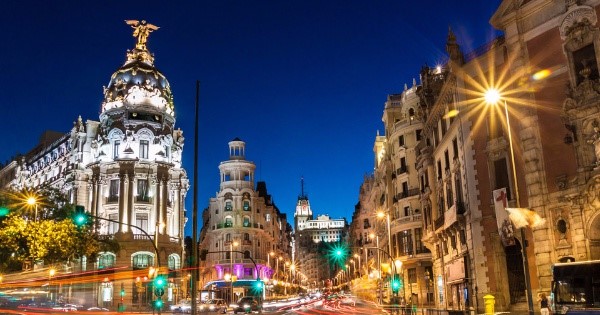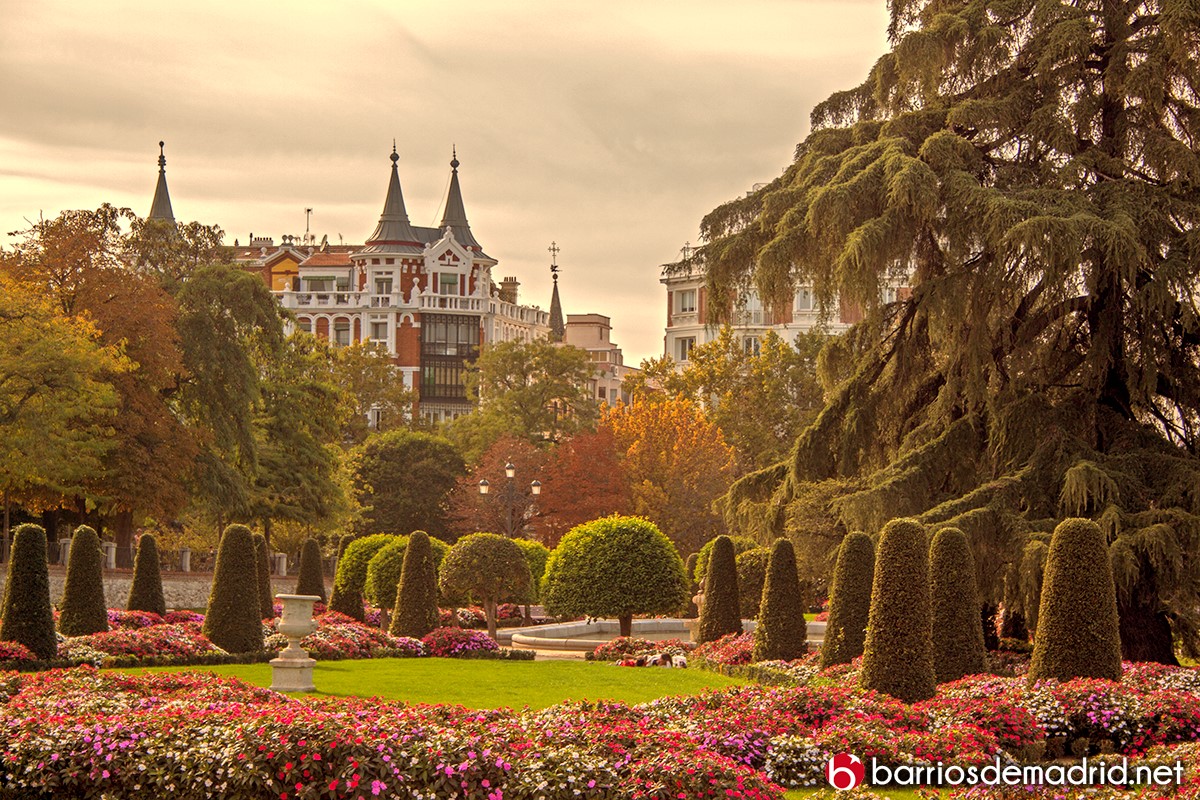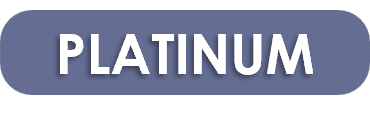IMDEA Materials Institute has guest wireless connection available in the whole building.
IMDEA Materials Institute is located at the Scientific and Technological Park of the Polytechnic University of Madrid in Tecnogetafe.
Address:
Calle Eric Kandel, 2
28906 Getafe
Transport from Madrid
We recommend to stay at the hotels in the city center, which are easy to reach from the Airport. In addition, the workshop provides shuttle services to and from Hotel Agumar (near Atocha station in Madrid center) to IMDEA Materials Institute. Please see below the shuttle schedule corresponding to each day of the workshop. The traveling time is approximately 30-40 mins. The bus stop near Agumar is shown in the map below.
It is highly recommended that all participants use this shuttle service if staying in the city centre, as it is the most convenient way to get to the venue.
Alternative ways to arrive to IMDEA Materials Institute include taxi (approximately 25-35 €, travelling time from Atocha: 30 min, see detailed directions and map below) and public transport (traveling time from Atocha: 1 h 30 min, see directions below).
Public Transport from Getafe
You should reach the Metro/Cercanías station of Getafe Central and then catch the Tecnogetafe shuttle service (The estimated duration of the trip is 20 minutes). The first stop of the bus service is located about 50 meters on the right/down as you exit the station, approximately by the red bus stop. The shuttle service is run by the bus company “The Bus” (in the top front of the bus you will see a sign of Tecnogetafe). The last stop of this shuttle is right in front of IMDEA Materials Institute.
If you have any question about how to reach IMDEA Materials please contact Mariana Huerta at +34 91 549 34 22.
Thursday 26th - 08:30
Friday 27th - 08:00
Thursday 26th - 17:30
Friday 27th - 16:30
Madrid is the capital of Spain and its largest city. The population of the city is roughly 3.3 million and the entire population of the Madrid metropolitan area is calculated to be around 6.5 million. It is the third-largest city in the European Union, after London and Berlin, and its metropolitan area is the third-largest in the European Union after London and Paris. The city spans a total of 604.3 km 2 (233.3 sq mi).
The city is located on the Manzanares river in the centre of both the country and the Community of Madrid (which comprises the city of Madrid, its conurbation and extended suburbs and villages); this community is bordered by the autonomous communities of Castile and León and Castile-La Mancha. As the capital city of Spain, seat of government, and residence of the Spanish monarch, Madrid is also the political, economic and cultural centre of Spain. The current mayor is José Luis Martínez-Almeida from the Party “Partido Popular”.

The Madrid urban agglomeration has the third-largest GDP in the European Union and its influences in politics, education, entertainment, environment, media, fashion, science, culture, and the arts all contribute to its status as one of the world’s major global cities. Due to its economic output, high standard of living, and market size, Madrid is considered the major financial centre of Southern Europe and the Iberian Peninsula; it hosts the head offices of the vast majority of the major Spanish companies, such as Telefónica, Iberia or Repsol. Madrid is the 10th most livable city in the world according to Monocle magazine, in its 2010 index. Madrid also ranks among the 12 greenest European cities in 2010.
Madrid houses the headquarters of the World Tourism Organization (WTO), belonging to the United Nations Organization (UN), the SEGIB, the Organization of Ibero-American States (OEI), and the Public Interest Oversight Board (PIOB). It also hosts major international institutions regulators of Spanish: the Standing Committee of the Association of Spanish Language Academies, headquarters of the Royal Spanish Academy (RAE), the Cervantes Institute and the Foundation of Urgent Spanish (Fundéu BBVA). Madrid organizes fairs as FITUR, ARCO, SIMO TCI and the Cibeles Madrid Fashion Week.

While Madrid possesses a modern infrastructure, it has preserved the look and feel of many of its historic neighbourhoods and streets. Its landmarks include the Royal Palace of Madrid; the Royal Theatre with its restored 1850 Opera House; the Buen Retiro park, founded in 1631; the 19th-century National Library building (founded in 1712) containing some of Spain’s historical archives; a large number of National museums, and the Golden Triangle of Art, located along the Paseo del Prado and comprising three art museums: Prado Museum, the Reina Sofía Museum, a museum of modern art, and the Thyssen-Bornemisza Museum, which completes the shortcomings of the other two museums. Cibeles Palace and Fountain have become the monument symbol of the city.





Dr. Pedro J. Navarrete Segado
Dr. Adrián Bouzas Muñoz
Dr. Pedro J. Díaz Payno
Dr. Jesús Ordoño Fernández
Dr. Viktoriia Sevostianova

Calle Eric Kandel, 2
Tecnogetafe
28906, Getafe - Madrid
Mrs. Mariana Huerta
+34 91 5493422
[email protected]
Copyright © 2023 wab2024.com | Powered by IMDEA Materials Institute | Privacy Policy